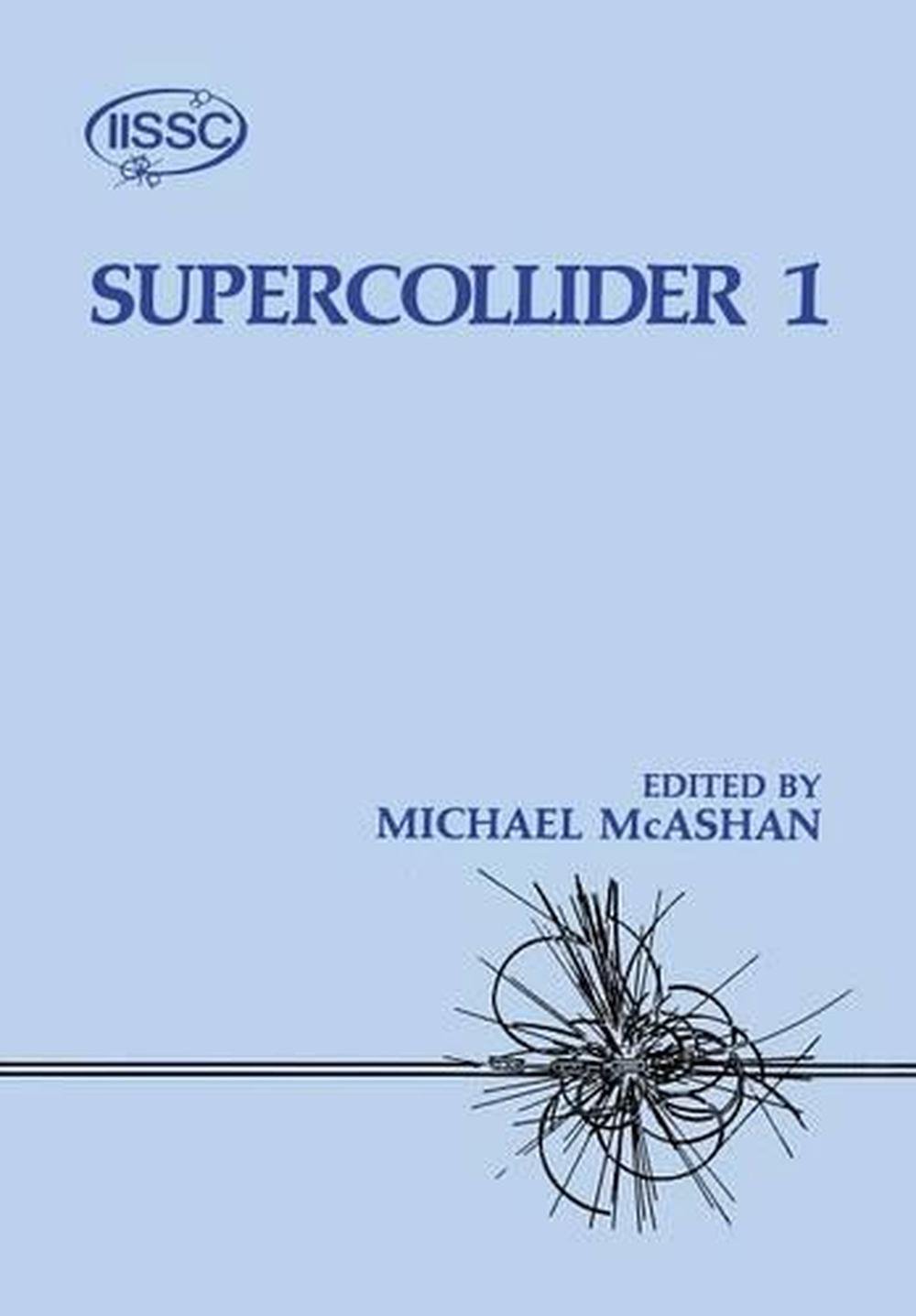

Embarking on the SuperCollider enterprise after the turn of the millennium, he started exploring in the code as the interface – the apparent direct opposite to the STEIM approach, and it took him another 15 years to reconcile the two poles. The encounter with Michel Waisvisz during his internship at STEIM in the late 90’s sparked his passion for computer-based instruments with direct, gestural bodily influence that match acoustic ones in flexibility, maneuvrability and sonic potential. Hannes Hoelzl studied Sound Engineering at IEM Graz (A) and Audio Design at the HKU Utrecht (NL). He explores the possibilities of programming as an artistic practice, which often involves creating complex systems that exhibit nontrivial behavior, and that allow interaction in a variety of modalities, including shared live coding, sonification, and playing post-control setups he calls Xstruments. He has taught at IEM Graz (Austria), at KHM Cologne (Germany), as guest professor at TU Berlin and Music Academy Karlsruhe, and has given numerous talks, workshops and concerts at international art and music institutions, conferences and festivals. Sharing some experiences on experiments over this sort of collaboration in a teaching/learning environment.Īlberto de Campo is a musician, composer, and artist, and since 2009, Professor for Generative Art/Computational Art at UdK Berlin.
#Supercollider berlin software

This workshop gives an overview of the tools we have been using and those that we have newly created and published as Free Software, so others can also use them in their setup.

As part of the ongoing online semester at the Generative Kunst/Computational Art of UdK Berlin, teachers and students have been working on a collection of tools to enable making music and visuals together over the internet.


 0 kommentar(er)
0 kommentar(er)
